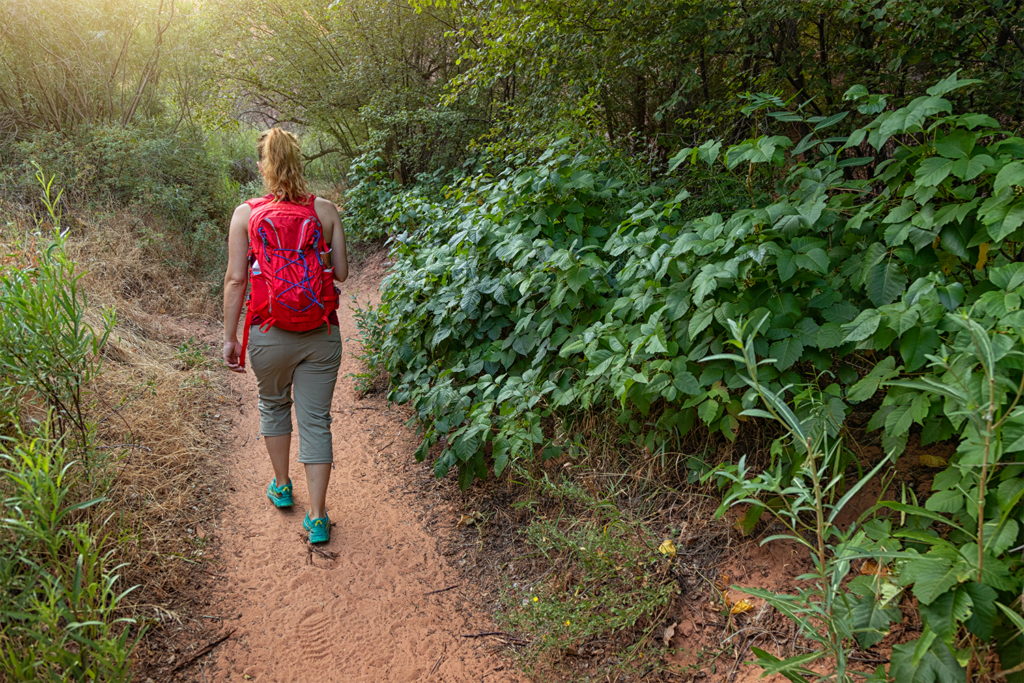Why Poison Ivy Seems Worse the More You Get It

Picture this: a sunny day, a beautiful hike through lush greenery, and the thrill of spotting wildlife. Everything seems perfect until you brush against a seemingly innocent plant. Fast-forward a few hours, and you're itching like crazy, covered in a red, blistering rash. Ah, the dreaded poison ivy! If it feels like each encounter with poison ivy or its cousins, poison oak and sumac, gets worse, you’re not alone. Let’s explore why these rashes seem to get more severe with every exposure and how you can protect yourself.
What is Poison Ivy or Poison Oak Rash?
Poison ivy and poison oak rashes are allergic reactions caused by contact with urushiol, an oily resin found in the leaves, stems, and roots of these plants. Urushiol is incredibly potent; even a tiny amount can trigger a reaction. When urushiol touches the skin, it binds to skin cells, causing an immune response that results in an itchy, blistering rash.
Do Some People Experience Worse Symptoms?
Yes, some people do experience worse symptoms from poison ivy and poison oak. The severity of the reaction can depend on several factors, including:
- Sensitivity: Some individuals are more sensitive to urushiol and may have more severe reactions.
- Repeated Exposure: Sensitivity can increase with repeated exposure to urushiol. Over time, the immune system may become more reactive, leading to more intense reactions. This is why poison ivy can seem worse the more you get it.
- Amount of Urushiol: The amount of urushiol that comes into contact with the skin can influence the severity of the reaction. A larger dose of urushiol can cause a more severe rash.
- Skin Condition: Pre-existing skin conditions can exacerbate the reaction to urushiol.
What are the Symptoms of Poison Ivy or Poison Oak?
The symptoms typically include:
- Redness and swelling of the skin
- Itching, which can be intense
- Blisters that may ooze and crust over
- Pain and discomfort
These symptoms usually appear within 12 to 48 hours after contact and can last for several weeks.
What to Do If You Get Poison Ivy Rash
If you get a poison ivy rash, it's important to treat it promptly to alleviate symptoms and prevent complications. Tecnu Extreme is an excellent option to remove the oil that causes poison ivy and poison oak rashes. The deep cleansing scrub can be used all over the body.
If you are still itching, follow up with a topical anti-itch treatment. We recommend using Tecnu Rash Relief or Calagel Anti-itch Gel.
Identifying Poison Ivy or Poison Oak
Identifying poison ivy and poison oak is crucial for prevention.
- Poison Ivy typically has three pointed leaflets per leaf group, with smooth or toothed edges. The middle leaflet has a longer stalk, and the plant can appear as a vine or a shrub.
- Poison Oak is similar in appearance to poison ivy but has rounded, lobed leaflets resembling oak leaves. It also has three leaflets per group and can grow as a shrub or vine.
Both plants can display green leaves in spring and summer, turning red, orange, or yellow in the fall. They may also have white or yellow berries.
When is Poison Ivy or Poison Oak Most Prevalent?
Poison ivy and poison oak are most prevalent in warmer months, typically from spring to fall. These plants thrive in various environments, including forests, fields, and along roadsides. They are common throughout North America, particularly in wooded and grassy areas.
Avoiding Poison Ivy or Poison Oak
Prevention is the best strategy for dealing with poison ivy and poison oak. Here are some tips to avoid contact:
- Learn to Identify: Familiarize yourself with the appearance of these plants.
- Wear Protective Clothing: When hiking or working in areas where these plants may grow, wear long sleeves, long pants, gloves, and closed shoes.
- Stay on Trails: Stick to established paths and avoid bushwhacking through dense vegetation.
- Wash Skin and Clothing: If you suspect contact with these plants, wash your skin with soap and water as soon as possible. Launder clothing separately to avoid spreading urushiol.
- Use Barrier Creams: Apply barrier creams that can prevent urushiol from penetrating the skin.
While poison ivy and poison oak rashes can be painful and bothersome, understanding how to identify, avoid, and treat these plants can help you manage and minimize your risk. Always exercise caution and take preventive measures to protect yourself from urushiol exposure.




